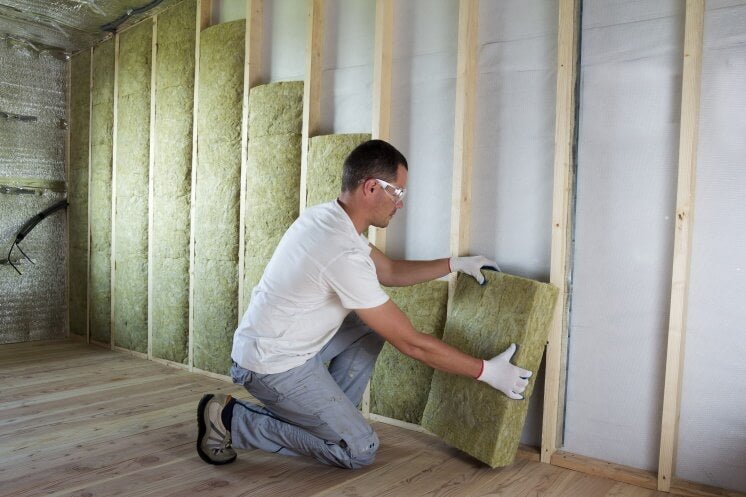Grants are supported by the UK Government and are free through the ECO4 program. For more information please visit www.gov.uk

Internal Wall Insulation
Possible Upgrades > Internal Wall Insulation
What Is Internal Wall Insulation?
Efficient homes maximise heat generation and retention. Internal wall insulation is a key solution for energy efficiency, especially in older homes—typically built before the 1930s—that lack cavity walls. These properties often struggle to retain heat, leading to higher energy bills. Internal wall insulation adds a layer of thermal protection to interior walls, significantly reducing heat loss in often-overlooked areas. This approach not only improves comfort but can also cut energy bills by up to 20-30%, all while preserving your home's aesthetic appeal.
Why Internal Wall Insulation?
Internal wall insulation significantly enhances the energy efficiency of a home by reducing heat loss through the walls, a common issue in older properties. This improved thermal efficiency leads to lower energy consumption, which can result in savings of up to 20-30% on energy bills, making it a smart investment in the long-term.
Optimal Energy Efficiency
By insulating internal walls, homeowners can enjoy a more comfortable living environment with better temperature control. The insulation helps to maintain a consistent indoor temperature, eliminating cold spots and draughts, ensuring that every room in the house remains cosy throughout the year.
Maintained Temperature
Home Preservation
One of the significant advantages of internal wall insulation is that it preserves the exterior appearance of the property. This is particularly important for older (or listed buildings) where maintaining the original architectural features is crucial. Homeowners can improve their home's energy efficiency without altering its character or aesthetic appeal.
By stabilising internal temperatures and reducing cold surfaces, internal wall insulation helps control condensation, which in turn prevents mould growth. This leads to improved indoor air quality and can have positive health effects, particularly for residents with respiratory conditions.
Better Air Quality
Installation Process
Sumbit Application
First, we need to complete an application form, which allows us to assess your property according to grant guidelines. An agent will then contact you to discuss potential upgrades and finalise your application.
Initial Survey
A certified technician will assess your current system and heating requirements, providing a detailed overview that often reveals potential energy savings of 15-20%.
Technical Survey
After the initial survey is complete and the mock EPC passes, your application is fully vetted. We’ll then arrange a final technical survey to confirm the specifics of the work. Following this, we'll provide an installation date.
Installation
Professional installation usually takes less than 72 hours following the technical assessment, with a seamless changeover that ensures no disruption to your home heating.
Extra Information
The suitability of your home for internal wall insulation depends on several key factors, such as the age and construction type of your property, the current state of your interior walls, and any potential dampness issues. An expert survey is essential to accurately assess these factors and determine if internal wall insulation is the most effective solution for improving your home’s energy efficiency.
Is My Home Suitable?
Frequently Asked Questions (FAQs)
-
Yes, it slightly reduces room size as insulation is added to the internal walls (total reduction is only 3cm!), but the energy savings and comfort improvements outweigh this 🏡.
-
Yes, as long as they are solid walls, insulation can be applied over or under the existing plaster 🎨🧱.
-
Typically, installation takes 1-2 weeks, depending on the size of the property and the number of walls being insulated 🕒.
-
Mid-terrace homes: Typically have 2 external-facing walls, so only these will be insulated.
End-terrace homes: Usually have 3 external-facing walls, which will be insulated.








